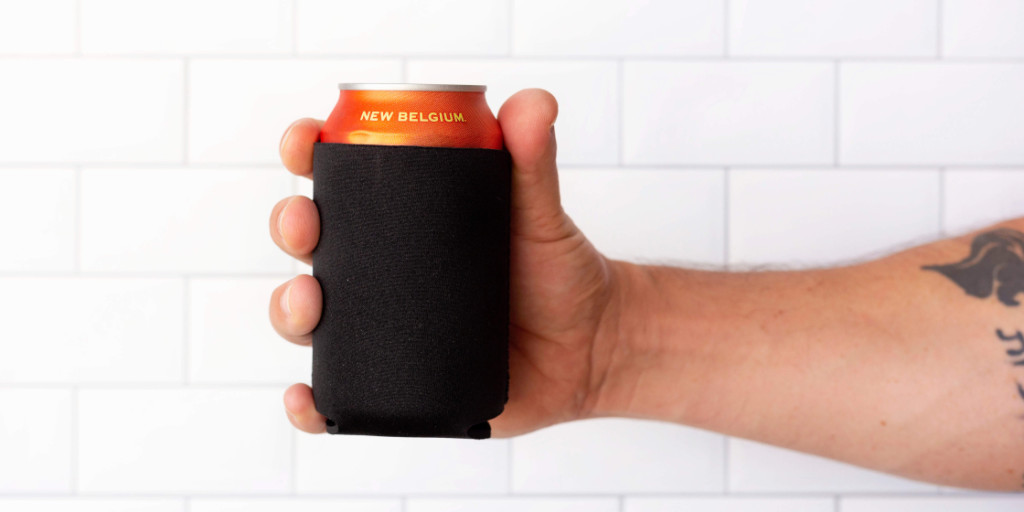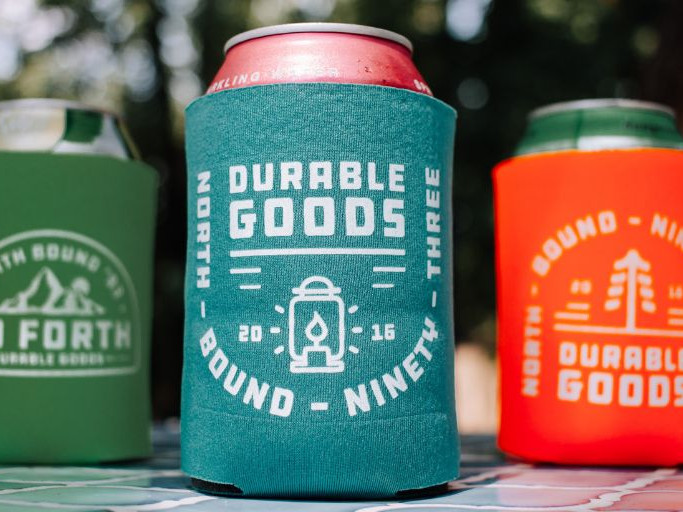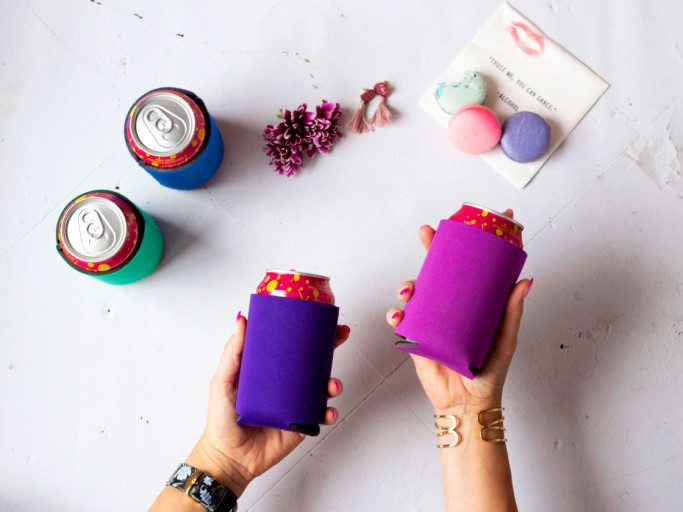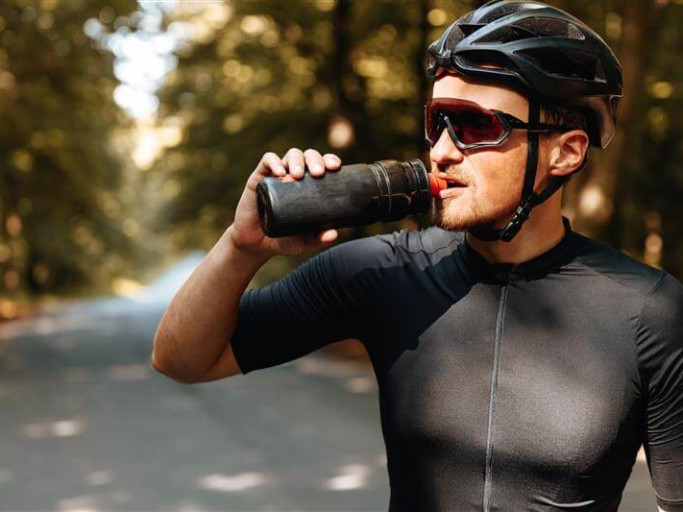Home / Blog / Drinkware & mugs / Which are Better: Neoprene or Foam Koozies?
Which are Better: Neoprene or Foam Koozies?
Date posted: 15th December 2023 in Drinkware & mugs
Last updated: 22nd December 2023

In the world of beverages, the quest for maintaining the perfect drink temperature is as old as the drinks themselves. Enter the custom koozie, a simple yet ingenious invention designed to insulate a can or bottle, keeping its contents cool and refreshing. A koozie, also known as a can cooler, stubby holder, or beer sleeve, is a fabric or foam sleeve that is slipped onto a bottle or can to insulate it. Koozies are not just limited to beer cans; they are versatile enough to fit a range of containers including soda cans, water bottles, and even wine bottles.
Koozies have also found their way into the marketing world as a popular swag item. Their practicality, combined with the ease of custom branding, makes them an excellent tool for promoting a brand. Companies often use custom-printed koozies as giveaway items at events, trade shows, and other promotional activities.
Types of Koozies
Koozies come in various materials, each with its unique properties. Among the most popular are neoprene and foam koozies. However, alternatives like metal/stainless steel, fabric, collapsible foam, and insulated materials are also widely used.
Neoprene Koozies
Custom neoprene koozies are made from the same material as wetsuits. Neoprene is a synthetic rubber known for its insulating properties and durability. It's flexible, water-resistant, and provides excellent thermal insulation, making it a preferred choice for koozies.
Pros:
- Durability: Neoprene is robust and long-lasting.
- Insulation: Offers superior thermal insulation.
- Flexibility: Easily fits a variety of container shapes and sizes.
- Water-Resistant: Protects hands from condensation on the container.
Cons:
- Cost: Generally more expensive than foam koozies.
- Environmental Impact: Production and disposal of neoprene can be less eco-friendly.
Foam Koozies
Custom foam koozies are typically made from polyurethane foam. They are lightweight, inexpensive, and provide decent insulation.
Pros:
- Affordability: Less expensive than neoprene.
- Lightweight: Easy to transport and distribute in large quantities.
- Customization: Easily customizable with a variety of colors and printed designs.
Cons:
- Insulation: Less effective than neoprene in maintaining temperature.
- Durability: Tends to wear out faster than neoprene.
Alternative Materials
Aside from neoprene and foam, koozies can be made of other materials like metal, fabric, collapsible foam, and other insulated materials. Metal koozies are durable and have excellent thermal properties, but they are more expensive and less flexible. Fabric koozies offer a wide range of designs and are lightweight, while collapsible foam koozies are convenient for storage and transport.
Environmental Impact
When considering the environmental impact, neoprene koozies pose some concerns. The production of neoprene involves petrochemicals and can release harmful substances. Additionally, at the end of their life cycle, neoprene products are not easily recyclable. However, recent advancements in eco-friendly neoprene alternatives, which use limestone or sugar cane as base materials, are making strides in reducing the environmental footprint.
In conclusion, choosing between neoprene and foam koozies boils down to individual needs and preferences. If durability, superior insulation, and flexibility are priorities, then custom neoprene koozies are the way to go. However, if cost-effectiveness and lightweight properties are more important, foam koozies are a suitable choice. It's also important to consider the environmental impact of these materials and explore eco-friendly alternatives. Ultimately, koozies, regardless of their material, remain a popular and effective tool in both personal use and marketing strategies.

Strengthen your brand perception with promotional products
Chat online or call us today on 1800-586-1615
More Articles

Custom Koozies: Your Go-To For Any Occasion!
5th July 2023 in Drinkware & mugs

Custom Koozies – Do They Really Work? The Science Behind It All Uncovered
5th January 2024 in Drinkware & mugs

Promotional Mugs - The Psychological Impact of Branded Merchandise
13th September 2024 in Drinkware & mugs

Staying Hydrated with Customized Printed Water Bottles
19th September 2022 in Drinkware & mugs